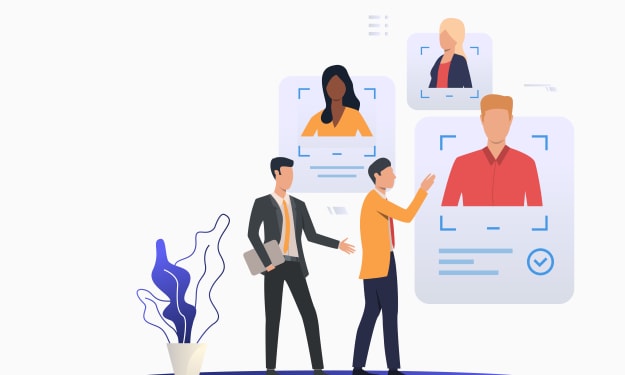Multigenerational Workforce: Embracing Diversity In The Workplace
A diverse workplace comprised of workers from various age groups, such as Baby Boomers, Generation X, Millennials, and Generation Z, is a multigenerational workforce. By embracing each generation's unique strengths and differences, organizations can create a dynamic and creative work environment that drives innovation and growth.

A multigenerational workforce refers to a workforce that is made up of individuals from different age groups, such as Baby Boomers, Generation X, Millennials, and Generation Z. Today, the workplace is more diverse than ever, with employees spanning multiple generations, each with their own unique characteristics, experiences, and values.
In recent years, the multigenerational workforce has become increasingly prevalent due to the aging of the Baby Boomer generation and the influx of younger generations into the workplace. The diversity of ages, perspectives, and backgrounds within a workplace can lead to a dynamic and creative environment that can drive innovation and growth. However, it can also lead to conflict and tension if not managed effectively.
The different generations in the workplace bring their unique strengths and challenges, and it's important for organizations to understand and embrace these differences. For example, Baby Boomers are often viewed as being more traditional and focused on stability and security, while Millennials are often viewed as being more tech-savvy and focused on work-life balance. Generation X is often viewed as being the "bridge" between the two, with a focus on efficiency and practicality. Generation Z, the newest generation in the workplace, is often viewed as being highly tech-savvy, independent, and focused on personal growth.
The possibility of conflict and miscommunication between workers from different generations is one of the biggest problems with a multigenerational workforce. This can occur due to differences in communication styles, work ethics, and technology use. For example, Baby Boomers may feel that Millennials are too dependent on technology, while Millennials may feel that Baby Boomers are resistant to change. Generation X may feel that both Baby Boomers and Millennials are not practical enough, while Generation Z may feel that all older generations are out of touch.
However, it's important to recognize that these are generalizations, and not all employees from a particular generation will fit these stereotypes. The key to managing a multigenerational workforce is to understand and embrace the differences and find ways to bring employees from different generations together.
Here are a few tips for organizations on how to effectively manage a multigenerational workforce:
Foster open communication: Encourage employees to share their perspectives and experiences and create a culture where all employees feel valued and respected. This can help break down barriers and foster a more inclusive workplace.
Offer training and development opportunities: Offer opportunities for employees to develop new skills and expand their knowledge, regardless of their age or generation. This can help create a more dynamic and flexible workforce and foster a sense of unity among employees.
Provide flexibility: Offer flexible work arrangements, such as telecommuting, flexible schedules, and job sharing, to accommodate the diverse needs of employees from different generations. This can help create a more supportive and accommodating workplace.
Celebrate diversity: Recognize and celebrate the unique contributions and experiences of employees from different generations. Encourage employees to share their experiences and insights and create opportunities for cross-generational mentoring and collaboration.
Address biases and stereotypes: Address any biases or stereotypes that may exist within the workplace and work to create a culture of inclusiveness and respect.
In conclusion, a multigenerational workforce can bring a wealth of diversity, experience, and knowledge to an organization. However, it's important for organizations to effectively manage these differences to create a positive and inclusive workplace. By fostering open communication, offering training and development opportunities, providing flexibility, celebrating diversity, and addressing biases and stereotypes, businesses can manage a multigenerational workforce successfully and benefit from a dynamic, diversified workforce that fosters innovation and development.
By embracing the unique strengths and differences of each generation, organizations can create a dynamic and creative work environment that fosters collaboration, innovation, and growth. A multigenerational workforce can bring a wide range of perspectives, experiences, and skills to the table, leading to a more well-rounded and effective workforce. By recognizing and valuing the contributions of each generation, organizations can create a culture of inclusiveness and respect, which can improve employee morale, engagement, and productivity. By embracing a multigenerational workforce, organizations can position themselves for long-term success in an ever-changing and competitive marketplace.





Comments
There are no comments for this story
Be the first to respond and start the conversation.